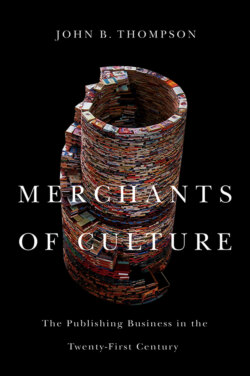Читать книгу Merchants of Culture - John B. Thompson - Страница 16
1 THE GROWTH OF THE RETAIL CHAINS
ОглавлениеThe dramatic transformation of the retail landscape has been one of the key factors shaping the evolution of the field of English-language trade publishing since the 1960s. Throughout the first half of the twentieth century, bookselling in the United States and Britain was handled primarily by a plethora of small independent bookstores that were spread across the country, on the one hand, and a variety of non-book retailers like drugstores, department stores, newsagents and news-stands, on the other.1 The bookstores tended to cater for an educated and cultivated clientele – the so-called ‘carriage trade’ – while the non-book retailers, who carried books along with many other commodities, tended to sell books to a wider range of the public. Department stores in the US began carrying books in the late nineteenth century. Macy’s of New York began selling books in 1869 and quickly became one of the largest booksellers in the country.2 By 1951 it was estimated that department stores accounted for between 40 and 60 per cent of all retail trade book sales in the US.3 Books were attractive for department stores to carry because they were regarded as prestigious, aspirational goods. They appealed to the cultivated tastes of well-to-do customers, adding an aura of seriousness and respectability to the store and attracting the kind of customer who had money to spend.
